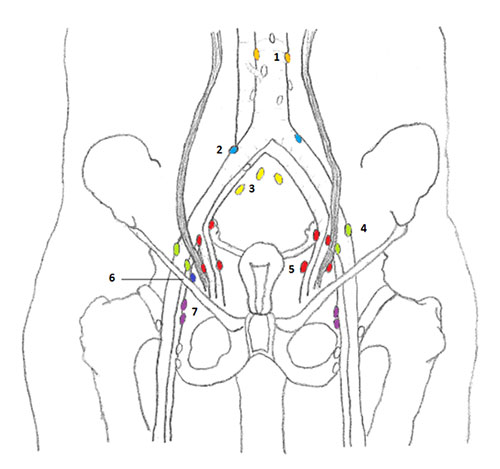

65 (1):7-16.īorkowetz A, Bruendl J, Drerup M, Herrmann J, Isbarn H, Beyer B, et al. Pelvic lymph node dissection during robot-assisted radical prostatectomy: efficacy, limitations, and complications-a systematic review of the literature. Ploussard G, Briganti A, de la Taille A, Haese A, Heidenreich A, Menon M, et al. In these other types of genitourinary cancers, the presence of metastatic disease also has a tremendous impact on therapeutic choices. Since the establishment of LPLND as a staging procedure in patients with prostate cancer, indications have been expanded to include the staging of bladder, penile and urethral malignancies. Thus, the goal of LPLND is to exclude high-risk patients from noncurative therapy and to stage high-risk patients at the time of prostatectomy performed robotically or laparoscopically. In addition, decisions concerning nonsurgical treatment of prostate cancer using external beam radiation, brachytherapy, or adjuvant hormonal therapy may be altered in patients with microscopic metastatic disease. dictate a conservative approach in patients shown to have metastatic disease. Complications, including urinary incontinence, impotence, and fecal incontinence, As a result, more patients are undergoing a variety of treatments for prostate cancer, including radical prostatectomy (open, laparoscopic, robotic), brachytherapy, external beam radiotherapy, intensity-modulated radiation therapy (IMRT), cryosurgery, microwave thermotherapy, and high-frequency ultrasound therapy.ĭespite refinements in surgical technique, radical prostatectomy remains an operative procedure that is associated with significant morbidity. The introduction of prostate-specific antigen (PSA) measurement as a screening test for prostate cancer created a dramatic shift or stage migration, which led to the diagnosis of prostate cancer in earlier stages of the disease. Overview of prostate cancer pelvic lymphadenectomy Pelvic lymphadenectomy remains the criterion standard for detecting metastatic spread to the pelvic lymph nodes. The goal of LPLND in prostate cancer is to exclude high-risk patients from noncurative therapy and to stage high-risk patients at the time of prostatectomy. Laparoscopic pelvic lymph node dissection (LPLND) is used in the diagnosis and staging of prostate cancer as well as bladder, penile, and urethral malignancies.


 0 kommentar(er)
0 kommentar(er)
